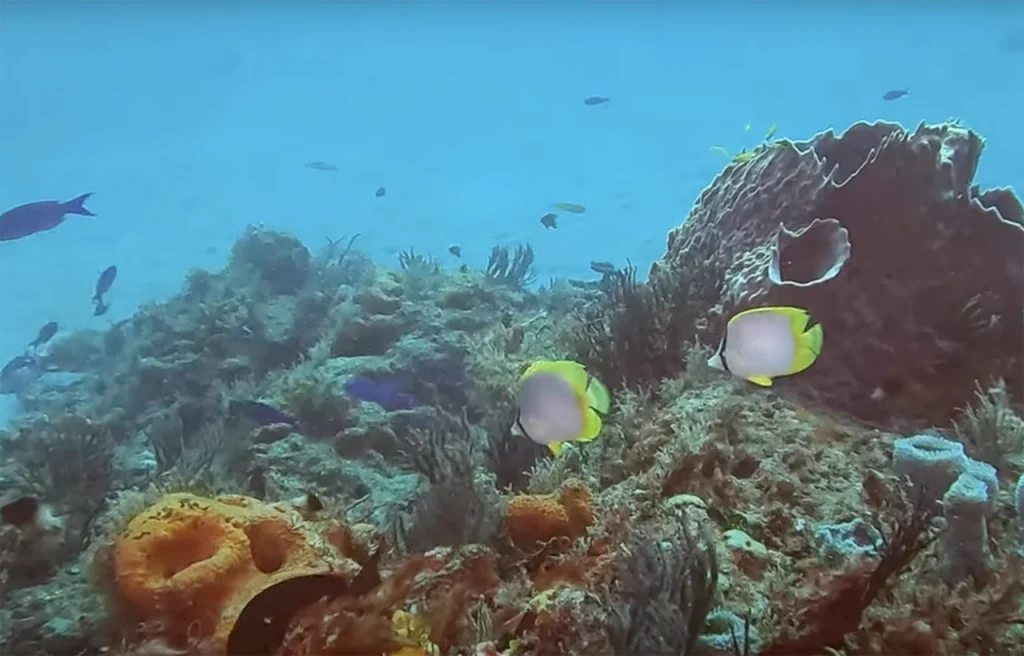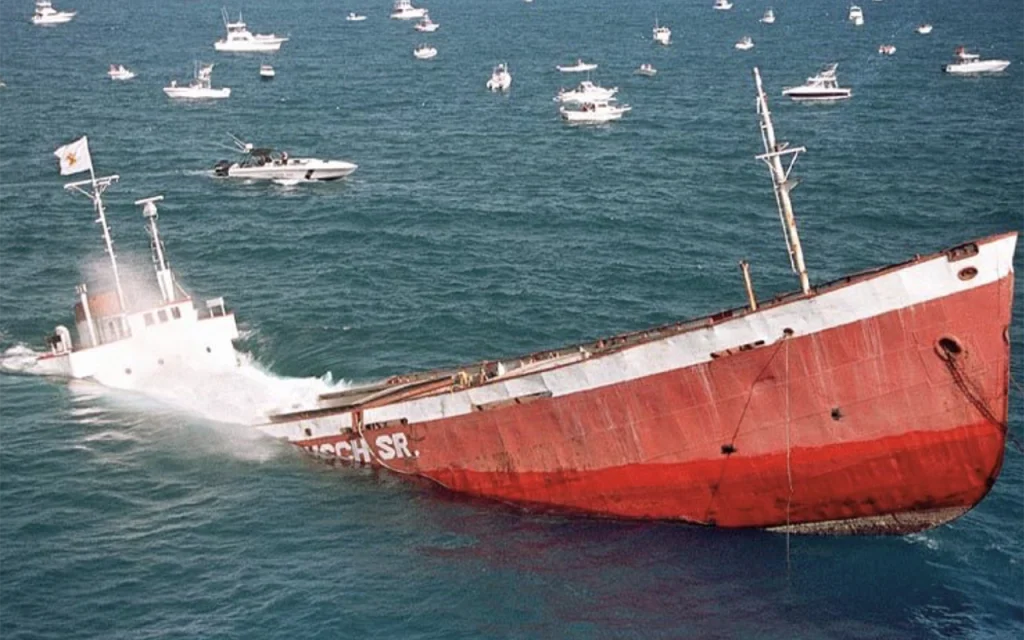
West Palm Beach: Where Gulf Stream Currents Bring the Ocean to Life
Drift past vibrant reefs, teeming wrecks, and unforgettable encounters beneath the surface
West Palm Beach: Where Gulf Stream Meets World-Class Drift Diving
West Palm Beach stands as South Florida’s premier destination for thrilling drift diving adventures, where the powerful Gulf Stream creates some of the most exhilarating underwater experiences in the Atlantic. Located along Florida’s Gold Coast, this sophisticated coastal city offers divers access to dramatic underwater landscapes where strong currents, crystal-clear visibility, and abundant marine life combine to create diving conditions that rival the world’s best destinations.
The waters off West Palm Beach showcase the raw power and beauty of the Gulf Stream, which flows just 2-3 miles offshore, closer to land than anywhere else along the Florida coast. This proximity creates unique diving conditions where divers are swept along healthy coral reefs and dramatic ledges while experiencing some of the clearest water in the Western Hemisphere. Visibility regularly exceeds 100 feet and can reach an astounding 150+ feet during optimal conditions, creating an almost flying sensation as divers drift over the underwater terrain.
West Palm Beach’s marine life reflects the area’s position in the heart of the Gulf Stream, where warm tropical waters support an incredible diversity of species. The strong currents attract large pelagic fish that use the area as a major migration highway. Divers regularly encounter massive schools of jacks, barracuda, and cobia, while the reef systems host vibrant communities of tropical fish including queen angelfish, French grunts, and colorful parrotfish. The area is particularly famous for its shark encounters, with reef sharks, nurse sharks, and occasional bull sharks commonly spotted on drift dives.
Seasonal marine life migrations make West Palm Beach diving particularly exciting throughout the year. During winter months, the area becomes a gathering place for spotted eagle rays, which form large aggregations in the warm Gulf Stream waters. Loggerhead sea turtles are frequently encountered year-round, while summer brings increased activity from tarpon and the possibility of encountering whale sharks during their migrations. The famous “Shark Canyon” area, located in deeper waters offshore, provides opportunities for advanced divers to encounter larger shark species including hammerheads and tiger sharks.
The reef systems off West Palm Beach feature dramatic underwater topography created by ancient coral formations and limestone ledges. The first reef line, located about one mile offshore, provides excellent diving in 30-50 feet of water with moderate currents perfect for intermediate divers. The second reef line offers more challenging drift diving in 60-80 feet, featuring swim-throughs, overhangs, and vibrant coral formations. The third reef line, accessible only during calm conditions, provides advanced drift diving in 80-100+ feet with strong currents and frequent pelagic encounters.
One of West Palm Beach’s most unique attractions is the Breakers Reef, an artificial reef created from a casino boat that was intentionally sunk in 1986. Now sitting in 85 feet of water, this 197-foot vessel has become completely integrated with the natural reef system, hosting resident goliath groupers, schools of tropical fish, and serving as a waypoint for migrating marine species. The wreck’s position in the Gulf Stream means it’s typically done as a drift dive, adding excitement to the exploration.
The Blue Heron Bridge, located in the Intracoastal Waterway, offers a completely different diving experience that has gained international recognition among macro photographers and marine life enthusiasts. This unique shore diving site features some of the most diverse marine life in South Florida, with over 400 documented species including frogfish, octopi, seahorses, and countless juvenile tropical fish. The site’s protected waters and easy access make it perfect for night diving, photography training, and marine life observation.
West Palm Beach’s diving infrastructure caters to experienced divers seeking challenging conditions and marine life encounters. Multiple professional dive operators specialize in Gulf Stream diving, utilizing high-speed boats and expert knowledge of current patterns to ensure safe and exciting drift diving experiences. These PADI and SSI facilities maintain the highest safety standards while providing specialized training in drift diving techniques, advanced buoyancy control, and deep diving skills necessary for Gulf Stream adventures.
Weather conditions in West Palm Beach favor drift diving throughout most of the year, though the area’s exposure to Atlantic weather systems means conditions can change rapidly. Water temperatures range from 75°F in winter to 85°F in summer, while the Gulf Stream’s influence provides the warmest and clearest water in South Florida. The strong currents that make the area famous also mean that diving is weather-dependent, with operators carefully monitoring conditions to ensure safe diving experiences.
The city’s upscale amenities complement the world-class diving, with luxury resorts, excellent restaurants, and vibrant cultural attractions. West Palm Beach’s position as a major yachting destination means extensive marina facilities, while Palm Beach International Airport provides convenient access for visiting divers. The area’s reputation as a sophisticated resort destination attracts divers seeking both underwater adventure and luxury accommodations.
What truly distinguishes West Palm Beach is the combination of challenging drift diving conditions and exceptional marine life encounters that create some of the most memorable diving experiences in the Western Hemisphere. Whether you’re an advanced diver seeking the thrill of Gulf Stream diving, an underwater photographer pursuing dramatic wide-angle shots, or a marine life enthusiast hoping for pelagic encounters, West Palm Beach offers world-class diving adventures that rank among the best anywhere in the tropical Atlantic.

